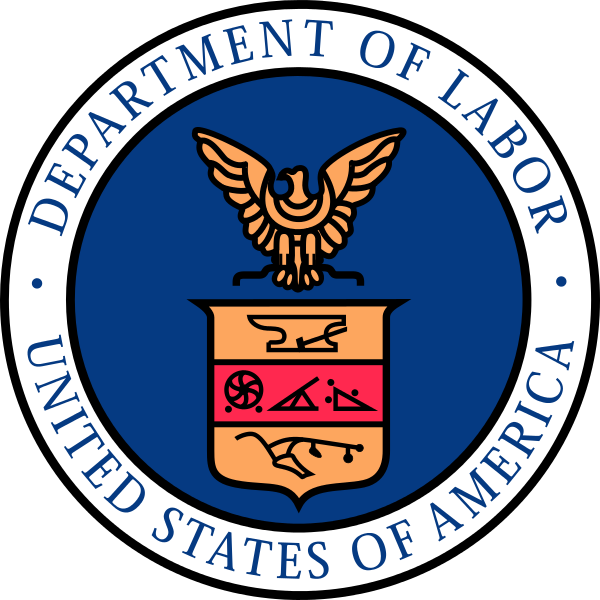 Many OSHA standards, especially in construction, require a “competent person” to be designated at the jobsite. Filling this role requires proper training, relevant experience to the work being performed and adequate knowledge of the associated regulations.
Many OSHA standards, especially in construction, require a “competent person” to be designated at the jobsite. Filling this role requires proper training, relevant experience to the work being performed and adequate knowledge of the associated regulations.
The competent person should be able to recognize critical hazards as well as have the authority to take the action needed to mitigate hazards. It’s much more than just picking someone to fill a slot.
A previous article, "What is a Competent Person?" found in the National Safety Council's Safety+Health publication, talks about how the term is often taken too lightly. Again, it's much more than just selecting a body to fill a role or attending one 10-hour training class covering all the various standards. Competency must be considered and evaluated for this important role.
At a minimum, your designated competent person should meet the following minimum qualifications:
(1) A high level of understanding of the types of hazards typically encountered in that area of work;
(2) A solid review of applicable standards relating to that type of work; and,
(3) A thorough understanding of types of solutions to control or eliminate the hazards.
To assist in preparing your competent person in fall protection, we encourage you to register for Roco's Fall Protection Competent Person - April 4-5, 2016 course in Baton Rouge. This course will provide practical experience in recognizing fall hazards and developing appropriate measures for reducing or eliminating those hazards.

 Washington – A recent agreement between the Departments of Labor and Justice will launch a “new world of worker safety” by holding managers and supervisors criminally accountable for violations of the law, agency officials announced Dec. 17.
Washington – A recent agreement between the Departments of Labor and Justice will launch a “new world of worker safety” by holding managers and supervisors criminally accountable for violations of the law, agency officials announced Dec. 17. now, requesting or researching OSHA Letters of Interpretation or checking with other safety professionals was the means to get a clearer picture of ‘how’ to accomplish safe and compliant confined space entry. NFPA's Guide for Safe Confined Space Entry (NFPA350) helps to bridge that area from regulation to compliance. It is a ‘must have’ resource for safety professionals, confined space owners/workers and rescuers as well,”
now, requesting or researching OSHA Letters of Interpretation or checking with other safety professionals was the means to get a clearer picture of ‘how’ to accomplish safe and compliant confined space entry. NFPA's Guide for Safe Confined Space Entry (NFPA350) helps to bridge that area from regulation to compliance. It is a ‘must have’ resource for safety professionals, confined space owners/workers and rescuers as well,”  In our opinion, the new OSHA regulation for Confined Spaces in Construction (Subpart AA of 1926) was worth the wait! This new standard is well thought out and includes some significant as well as subtle differences from the General Industry Permit Required Confined Space Standard 1910.146.
In our opinion, the new OSHA regulation for Confined Spaces in Construction (Subpart AA of 1926) was worth the wait! This new standard is well thought out and includes some significant as well as subtle differences from the General Industry Permit Required Confined Space Standard 1910.146. Also, several new roles and responsibilities have been added to the confined space regulations. One of the most important new roles is that of the “competent person” for confined spaces.
Also, several new roles and responsibilities have been added to the confined space regulations. One of the most important new roles is that of the “competent person” for confined spaces. 2. Includes more detailed provisions requiring coordinated activities when there are multiple employers at the worksite.
2. Includes more detailed provisions requiring coordinated activities when there are multiple employers at the worksite. It may seem to be a subtle difference in the two standards’ requirements, but now there is a specific role, or an identified position for conducting an evaluation of the worksite to determine the presence of confined spaces, a determination of the known or potential hazards associated with those confined spaces, and that has the authority to eliminate the identified hazards.
It may seem to be a subtle difference in the two standards’ requirements, but now there is a specific role, or an identified position for conducting an evaluation of the worksite to determine the presence of confined spaces, a determination of the known or potential hazards associated with those confined spaces, and that has the authority to eliminate the identified hazards.




